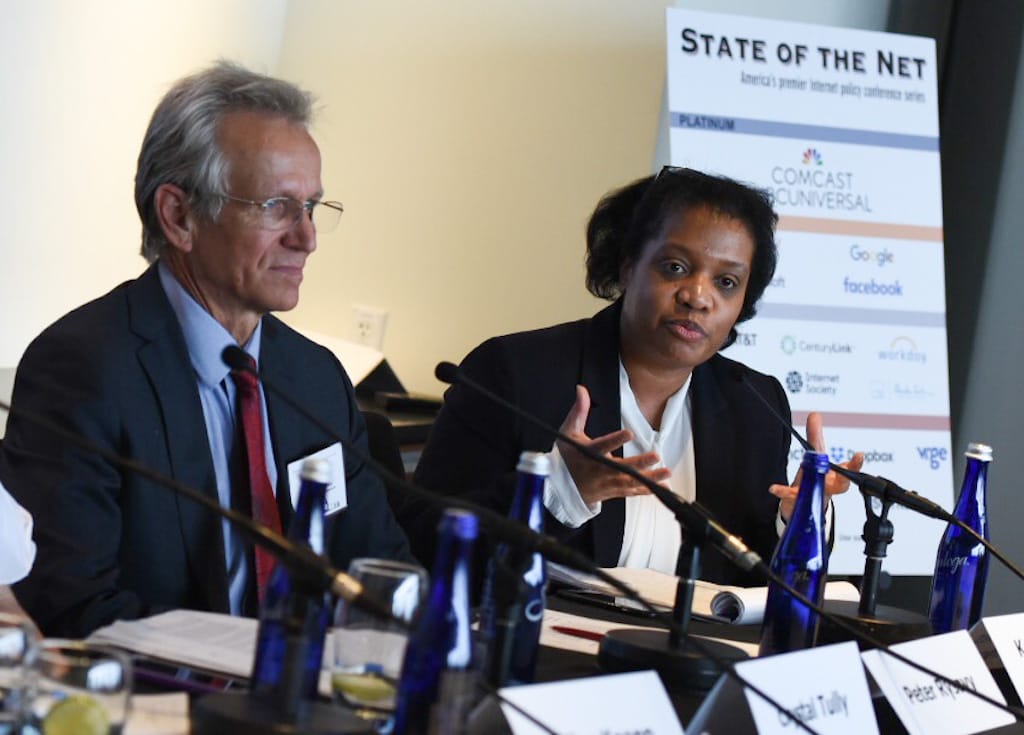It Will Take Multiple Strategies to Provide Enough Spectrum for Nascent Technologies, Expert Says
Rysavy argued that it would take an “all of the above” approach to meet the coming need for spectrum.
Benjamin Kahn

WASHINGTON, May 27, 2022 – Spectrum sharing can provide unique opportunities for needed bandwidth, but it is not an end-all-be-all solution, and the U.S. cannot afford to turn down any strategies freeing up more spectrum, a spectrum expert said Wednesday during a Georgetown University event.
Spectrum sharing often refers to dynamic spectrum sharing, a process whereby an operator uses a radio band that is already being used by an incumbent operator. The incumbent may not use the band all the time, and thus the incumbent can allow the secondary operator to use the band when the incumbent does not need it.
During an event hosted by the university’s Center for Business and Public Policy, Rysavy Research CEO Peter Rysavy said that while this process can have useful applications, its utility is not limitless.
Rysavy explained that spectrum sharing solutions have only been developed to address specific scenarios for specific systems. “We do not today have any spectrum sharing solution that is general purpose – that can be applied to arbitrary systems,” he said.
This specialized and complex nature makes spectrum sharing solutions makes them not only more expensive, but also take longer to deploy.
Rysavy advocated for what he referred to as an “all of the above approach,” whereby spectrum sharing, licensed, and unlicensed spectrum strategies are utilized to address the U.S.’s growing need for broadband as 5G services continue to expand.
He referred to several killer applications for 5G, such as home broadband, augmented reality, and the metaverse that will be completely dependent on 5G infrastructure.

“We are really reaching the limits of physics as far as how efficient the technology is,” Rysavy said. “There are other things you can do on the edges, but there is only so far you can go with technology.”
Rysavy explained that growing physical infrastructure – such as increasing the number of small cell signal boosters – is not sufficient in resolving the need for bandwidth. “Ultimately, you do have to keep adding more spectrum into the equation – there is just no other way around it.”
Though Rysavy noted that wireless cannot compete with fiber in terms of bandwidth, he stated that it should not be viewed as a “wireless versus fiber” situation.
“The way to look at it is that we are extending fiber through the environment and close to the endpoint all the time,” he said. “The question then is just ‘how do we connect that last 100 yards?’”











Member discussion